Original Content

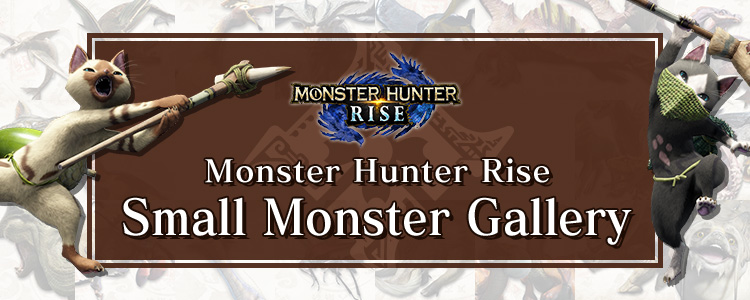
Official CG artworks of the Small Monsters of Monster Hunter Rise is available on Monster Hunter Asia’s official Facebook and Instagram accounts!
This page features all of the artwork released so far in one handy location, so be sure to take a look!
Monster Hunter Asia Official: Facebook
Instagram
- Vol.3 NEW!
- Vol.2
- Vol.1
-
Vol.3
-
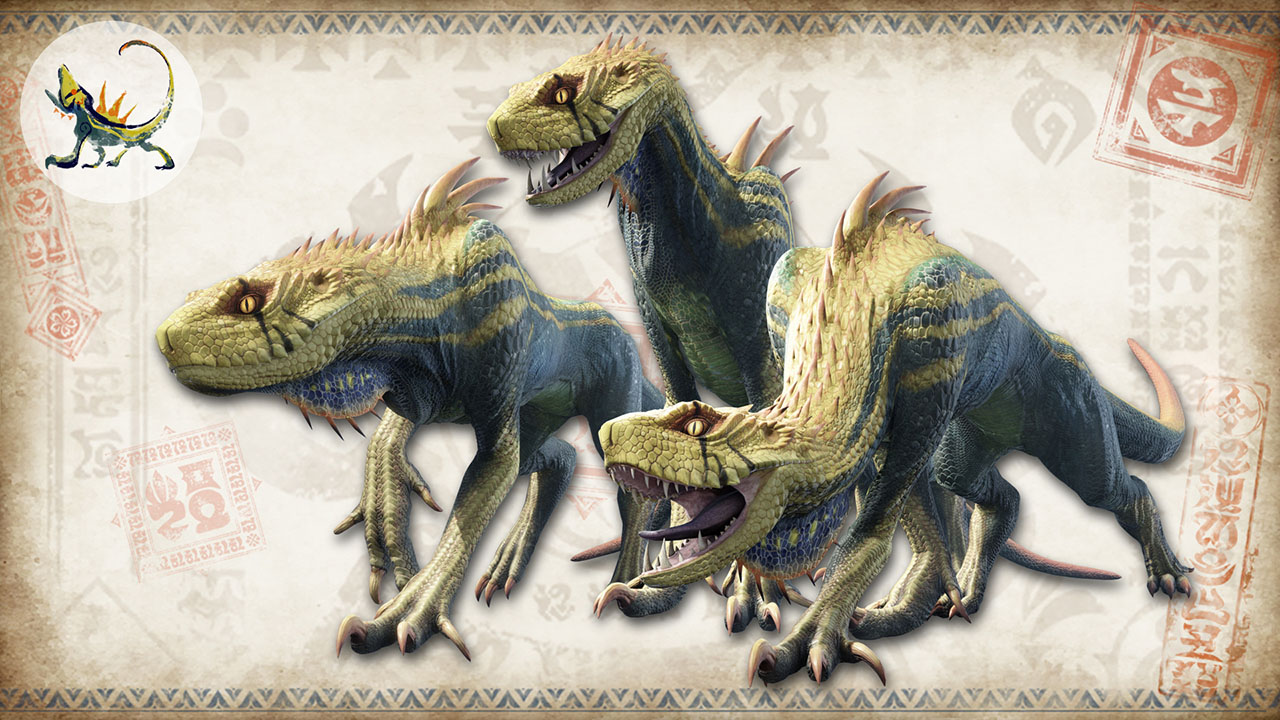
Jagras
A smaller monster that travels and hunts in packs. Its hide blends in with its forest environment, and it has characteristic spikes on its back. If you chase a few away, the rest will usually follow suit. They tend to keep their distance when large monsters enter their territory, but sometimes the entire group will attack if they feel particularly threatened.
-
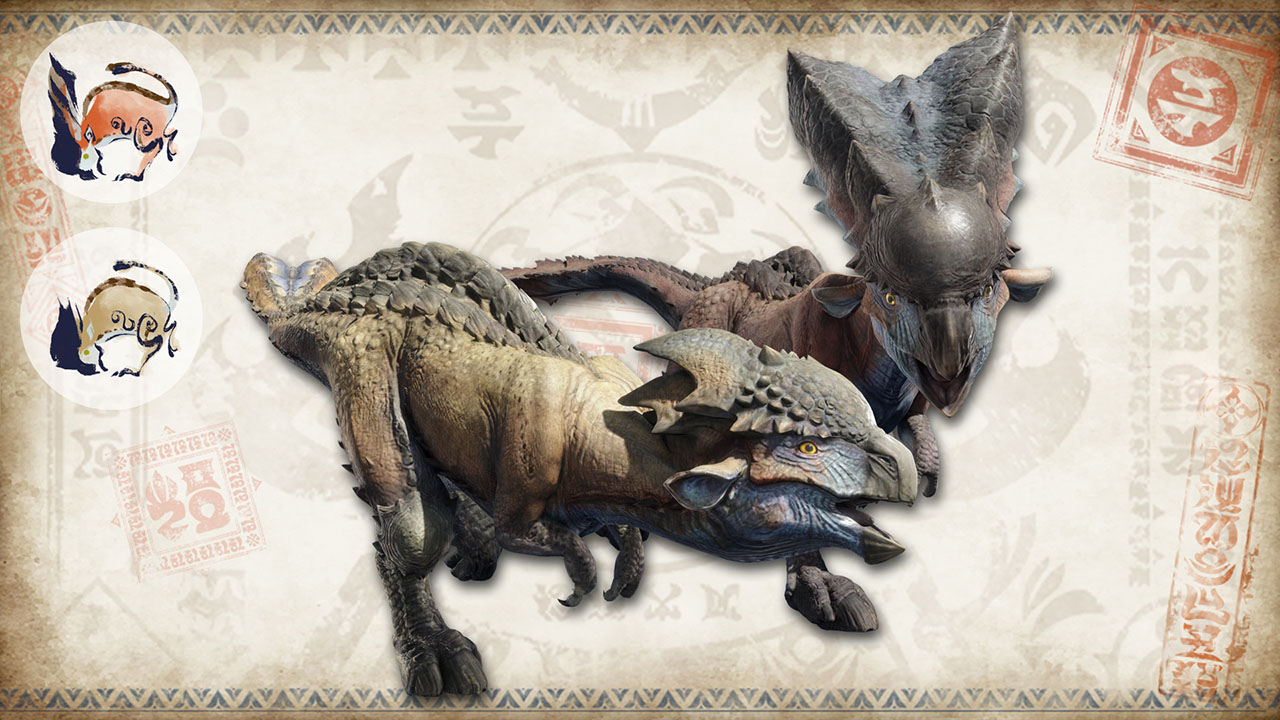
Kestodon
Female Kestodon will alert the pack of danger, while the males will violently charge would-be threats. Their rushing charges can be blocked, however, leaving them open to attacks. Males are blessed with a stronger physique, and they can easily be told apart from the females by their coloring and head shape.
-
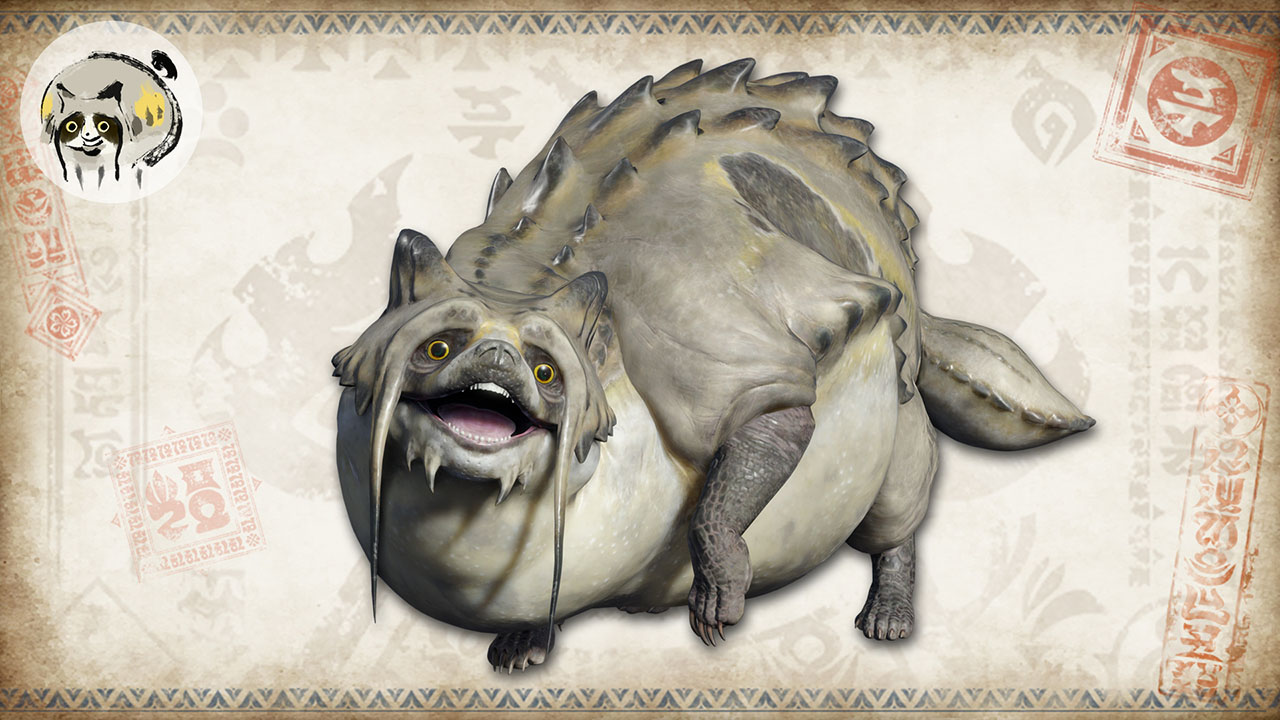
Bombadgy
An omnivorous small monster with a distinct round shape. Its whole body courses with flammable gas, which it expels in defense when threatened. Once expelled, this gas has explosive properties. This trait has led to Bombadgy being used in combat by many crafty hunters throughout history.
-
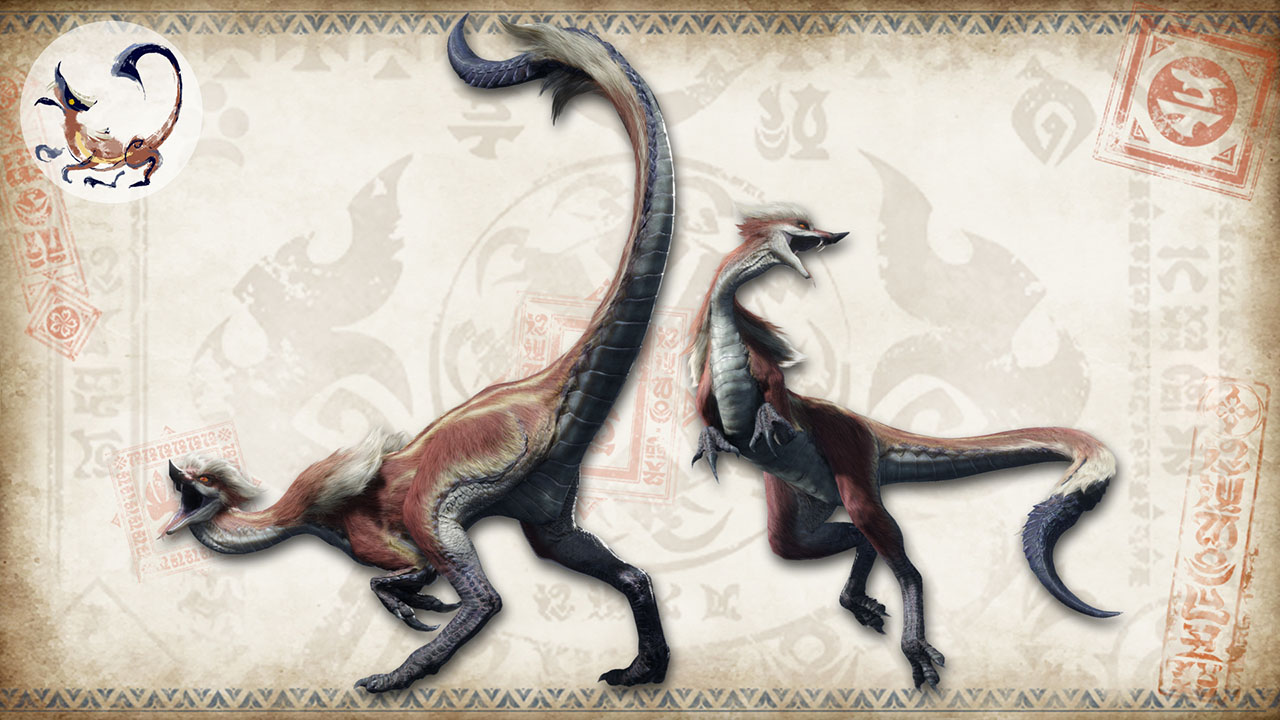
Izuchi
An omnivorous bird wyvern that has a characteristic scythe-shaped tail. It uses this tail to attack, but also to climb trees and chop down fruit. Most Izuchi fall into herds led by a Great Izuchi; in each herd, the two best fighters are selected by the leader to help it hunt prey.
-
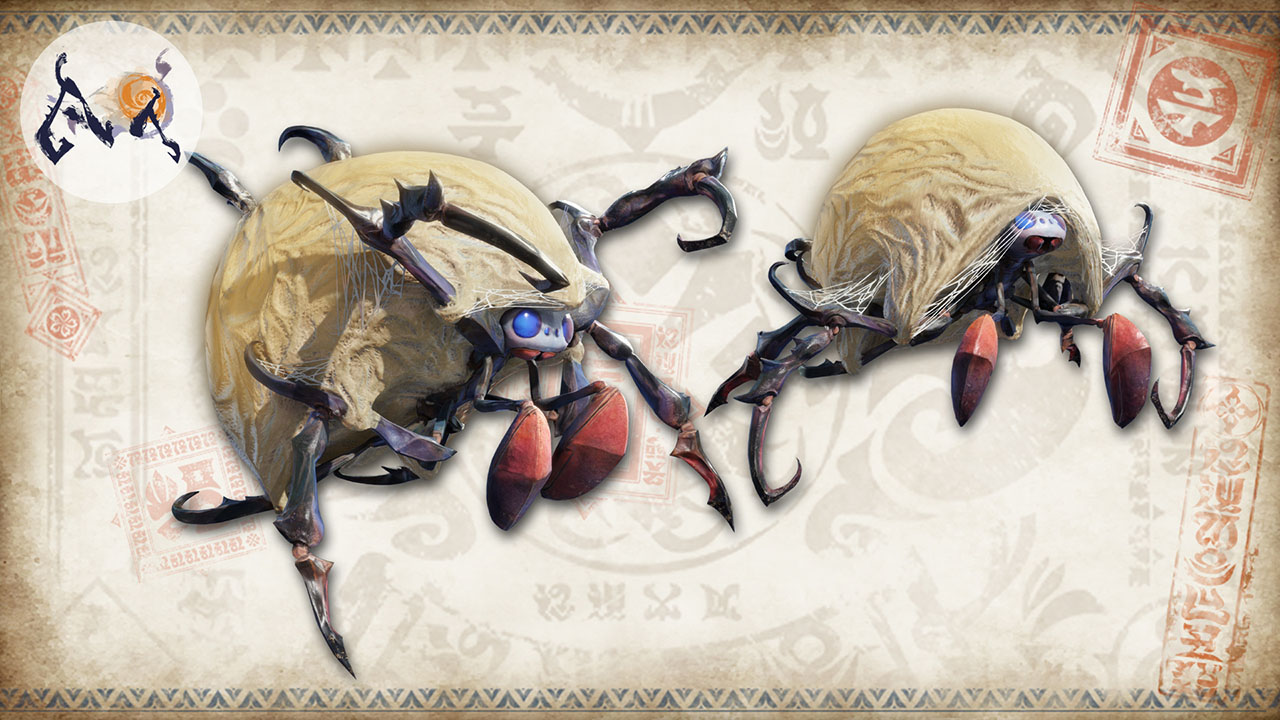
Rachnoid
The infant form of Rakna-Kadaki. At this stage in their life cycle, they cling to their mother’s abdomen, feeding on scraps of her regurgitated prey. From birth, they are instantly able to spit webs that are just as strong as their mother’s, which they use to bind prey or swiftly move about at her command.
-
-
Vol.2
-
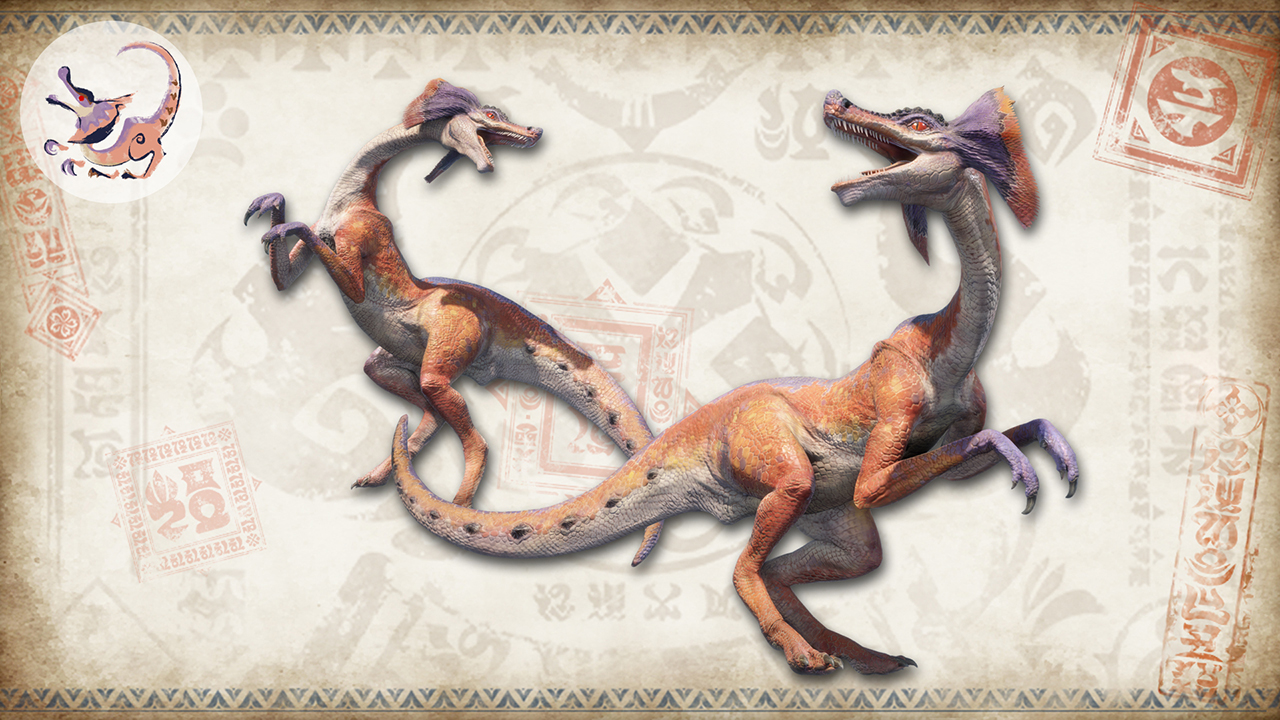
Jaggi
Highly social, carnivorous bird wyverns that live in large packs. Young Jaggi males hunt in groups when attacking larger animals. Research suggests they operate under orders from a single alpha male.
-
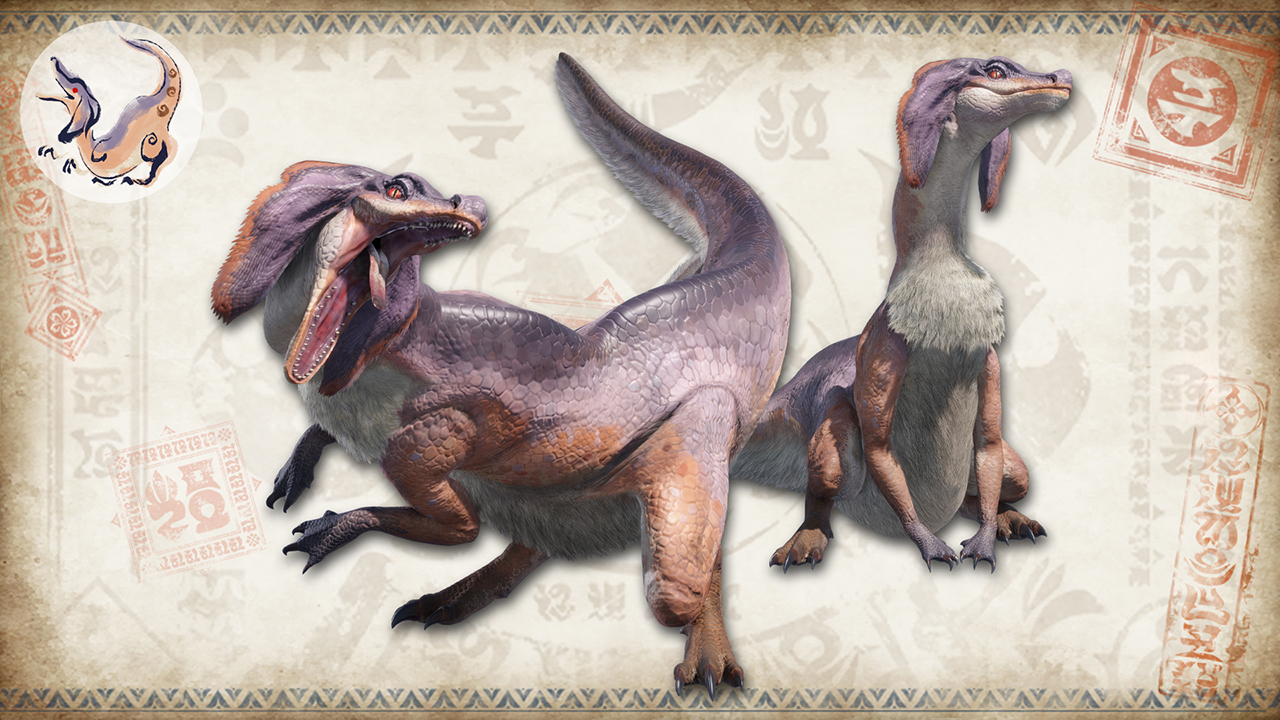
Jaggia
Female Jaggi that stay in packs, Jaggia generally live near the nest and are responsible for defending it and raising young. Smaller than mature males, but larger and tougher than the pack’s countless young males. They also operate under orders from the alpha.
-
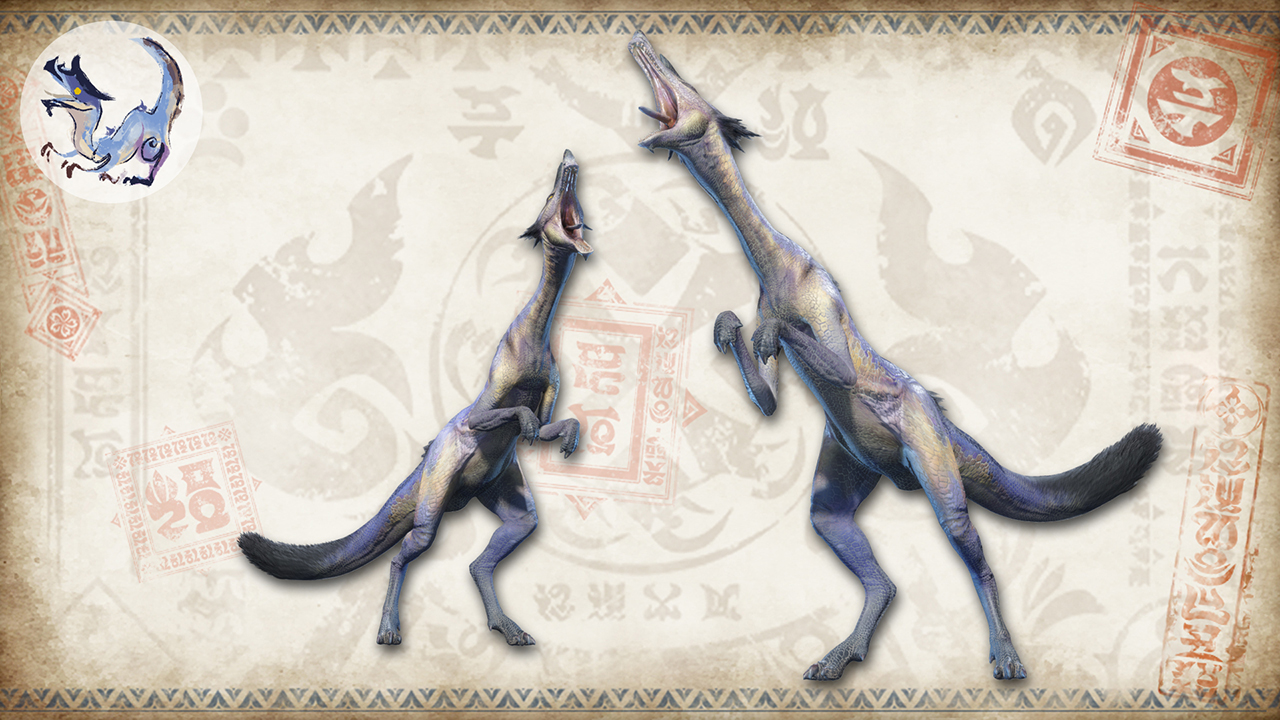
Baggi
Highly intelligent, carnivorous bird wyverns that hunt in packs. Noted for their blue scales and sharp glare. Baggi are feared for their ability to release a tranquilizing fluid; even a grown man can be put to sleep in seconds.
-

Delex
Carnivorous desert monsters that travel in schools of four or five. Delex often follow large predators in the hope of scavenging leftovers. They are extremely sensitive to sound.
-
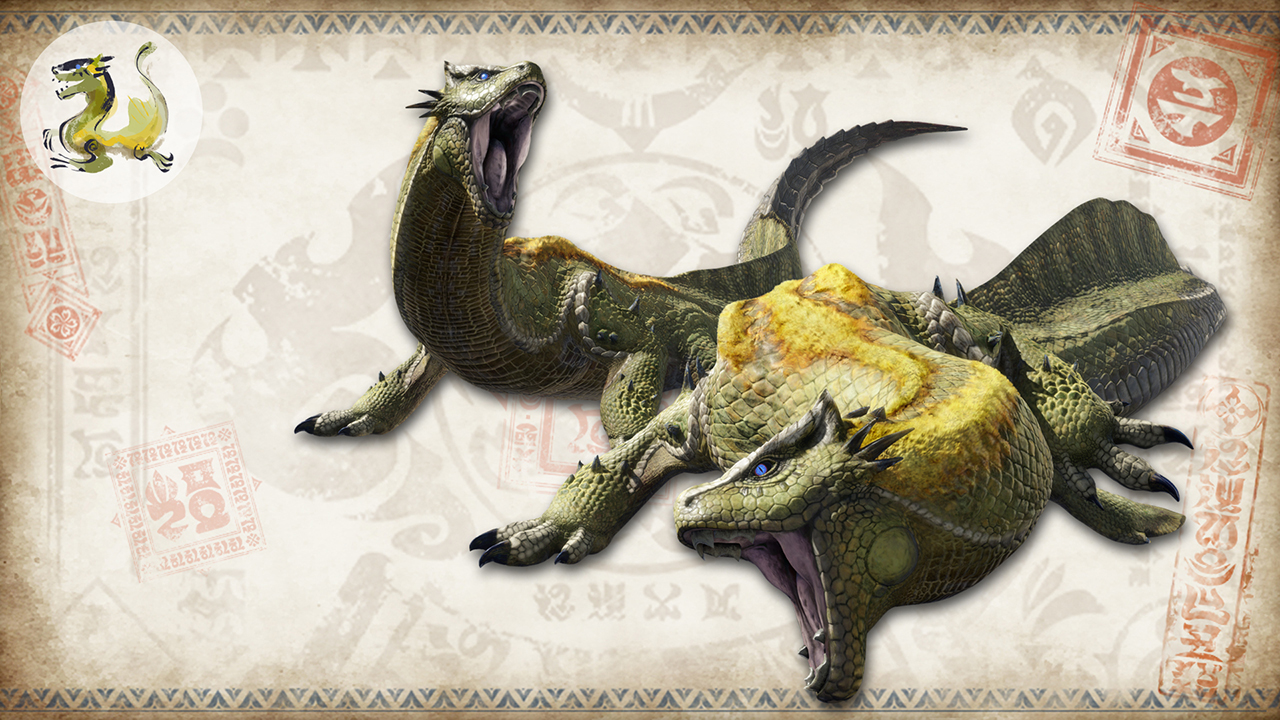
Ludroth
Aquatic female monsters. Ludroth form “harems” around large males, gathering in territories designated as breeding grounds. They’re known to be extremely aggressive towards outsiders, so caution is advised when treading in their territory.
-

Uroktor
Leviathans that inhabit volcanoes. Noted for swarming around larger monsters’ kills in order to feed. Uroktor rarely hunt for themselves, but stab upwards at prey from the ground when they do. Known for being highly aggressive.
-
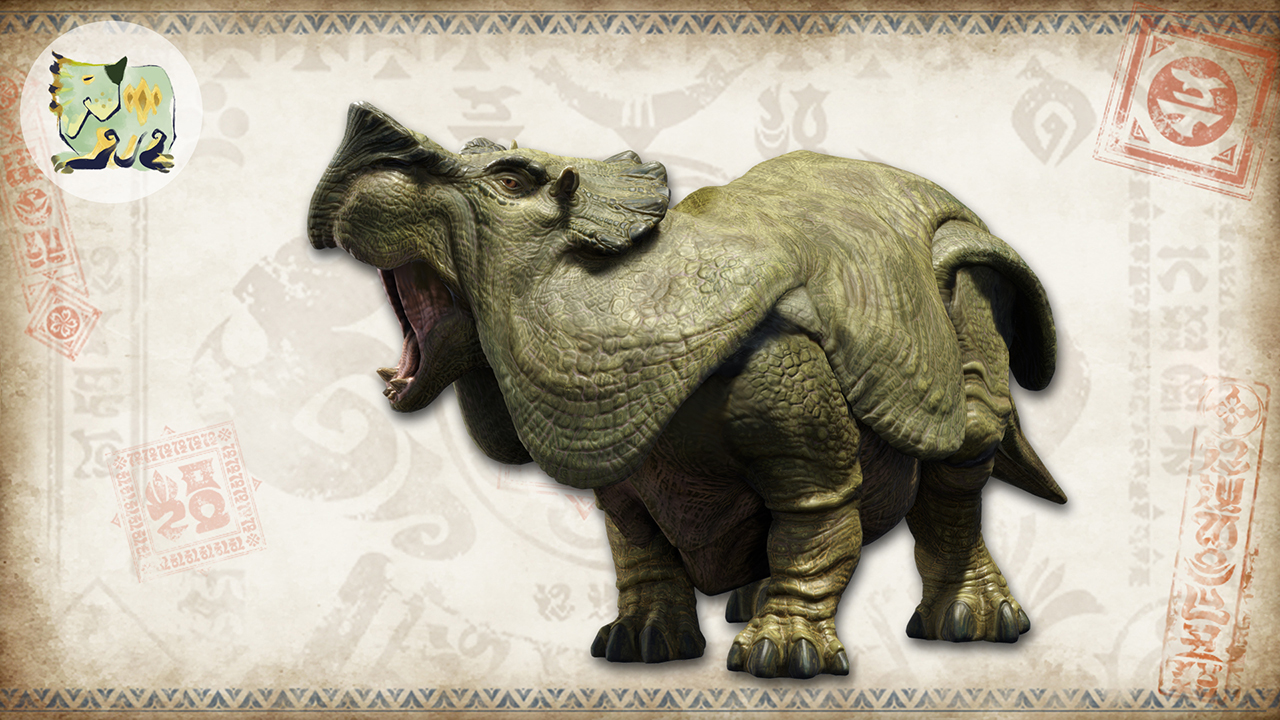
Slagtoth
Highly territorial herbivores that live in coastal areas. Their heavy, sagging hides store nutrients and are prized for their heat and water resistance.
-
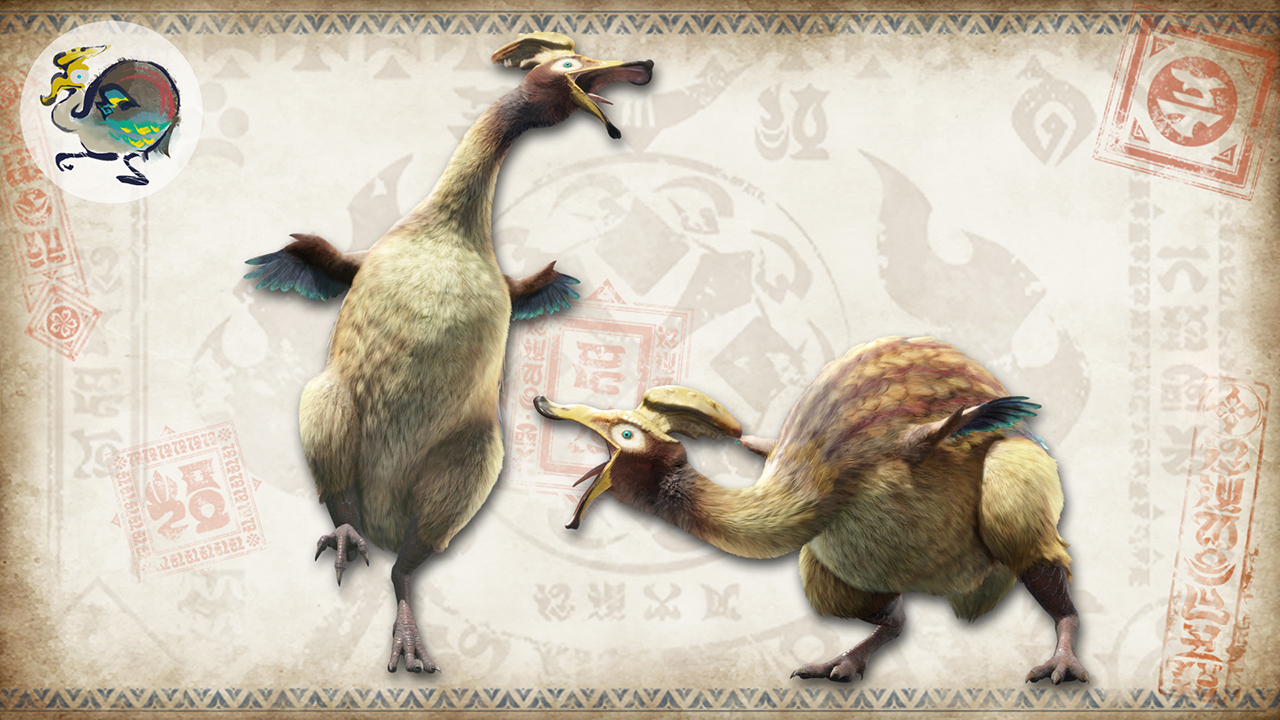
Gargwa
Flightless bird wyverns with vestigial wings, known to inhabit the Shrine Ruins. Quite timid, Gargwa have been known to lay eggs when other creatures surprise them from behind. They are raised as livestock in numerous villages.
-
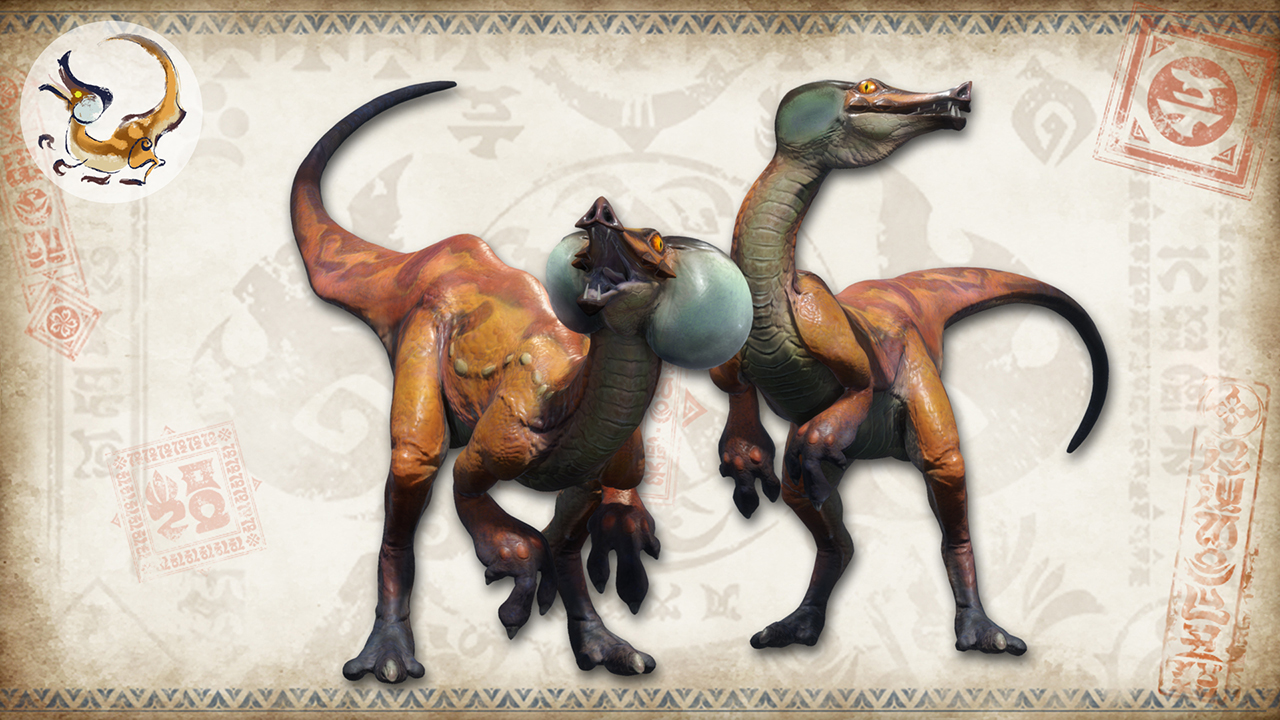
Wroggi
Small, carnivorous bird wyverns with poison- generating organs that run from their mouths to their throats. They run in packs, often led by a large alpha male. Lesser members of the order are fiercely loyal, and will eagerly lay down their lives to protect the alpha.
-

Zamite
Juvenile Zamtrios that use their sharp teeth to pierce the hide of their prey and then burrow inside to consume them from within; those who are attacked must roll around vigorously to shake the monster off. They can also use a Wirebug or a kunai to help them get free. Zamite grow rapidly after even a single feeding.
-
-
Vol.1
-
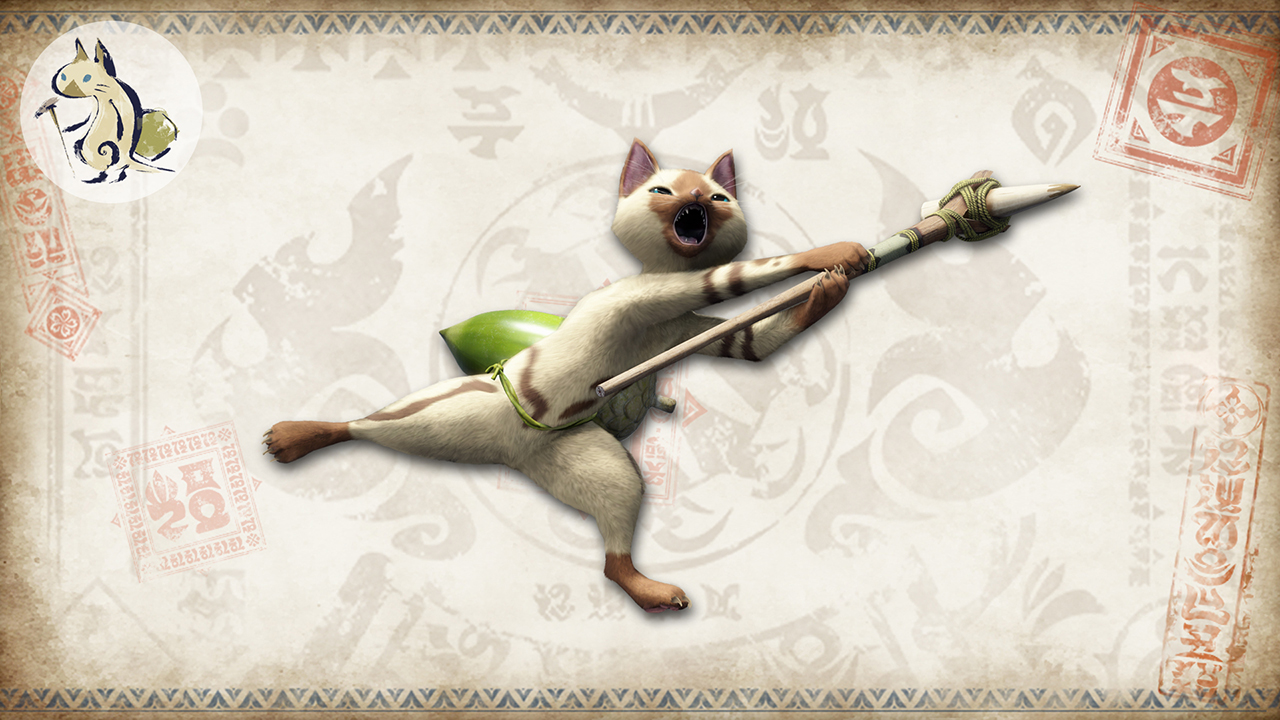
Felyne
Bipedal creatures resembling cats, known for their light hair. Though usually docile, they will attack viciously if provoked. Naturally curious, some try to enter human society, and are often hired by the Guild to cook for and otherwise assist hunters.
-
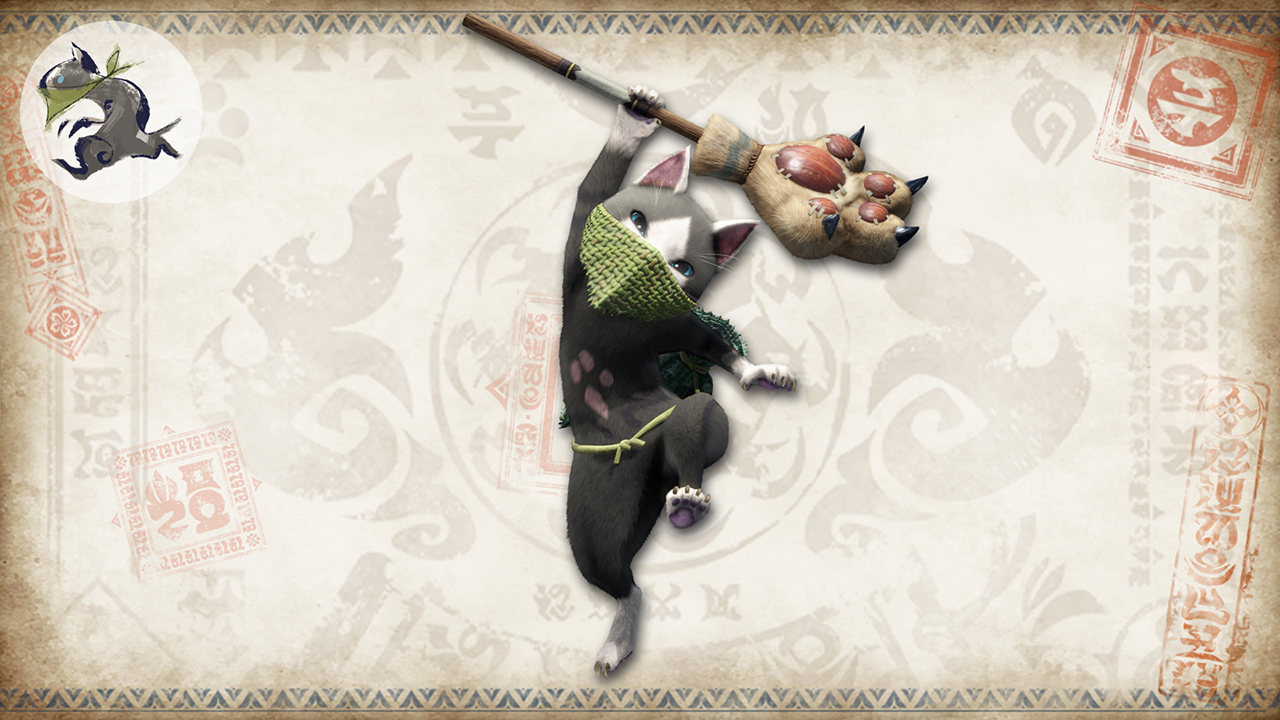
Melynx
Bipedal creatures resembling cats, known for their dark hair. More curious than Felynes and possessed by kleptomania, Melynxes take what they steal back to their dens.
-
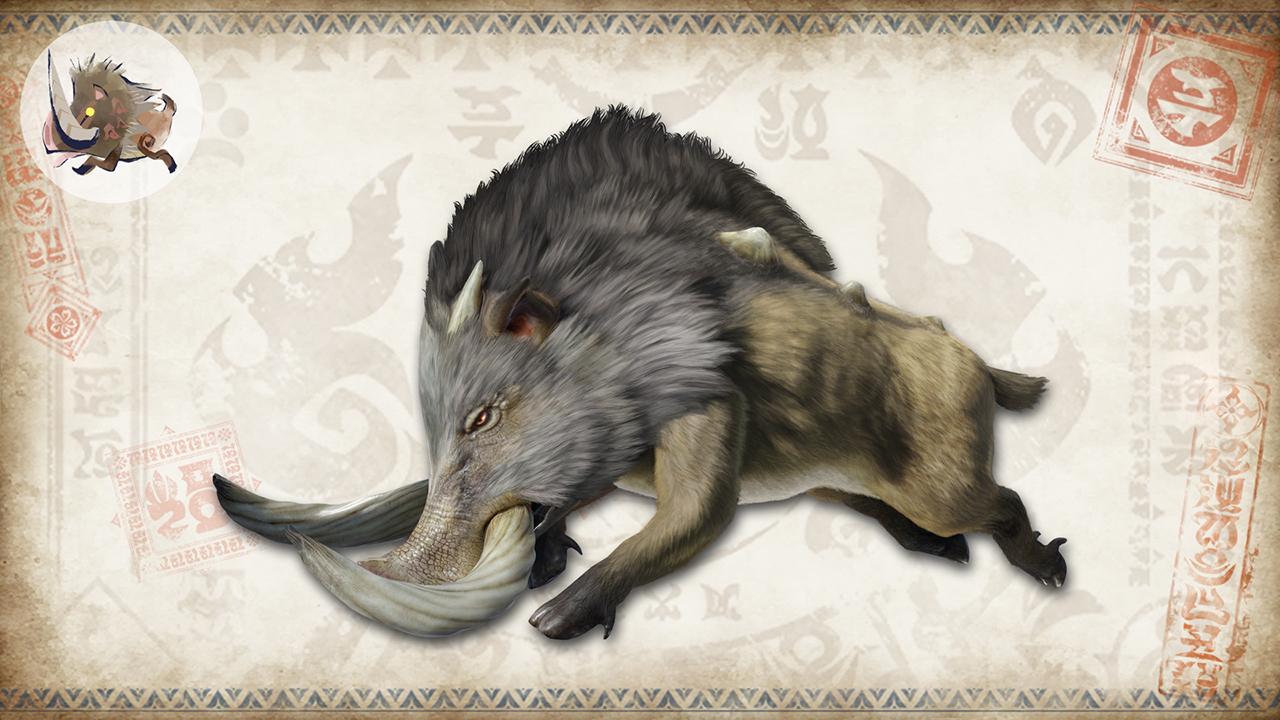
Bullfango
Large, wild boars with a foul temper. Fertile and wide-ranging, they have been known to form large herds. They are so aggressive that they will attack other members of their own herd if they don’t recognize them. Those without a particular reason to hunt them are better off keeping their distance.
-
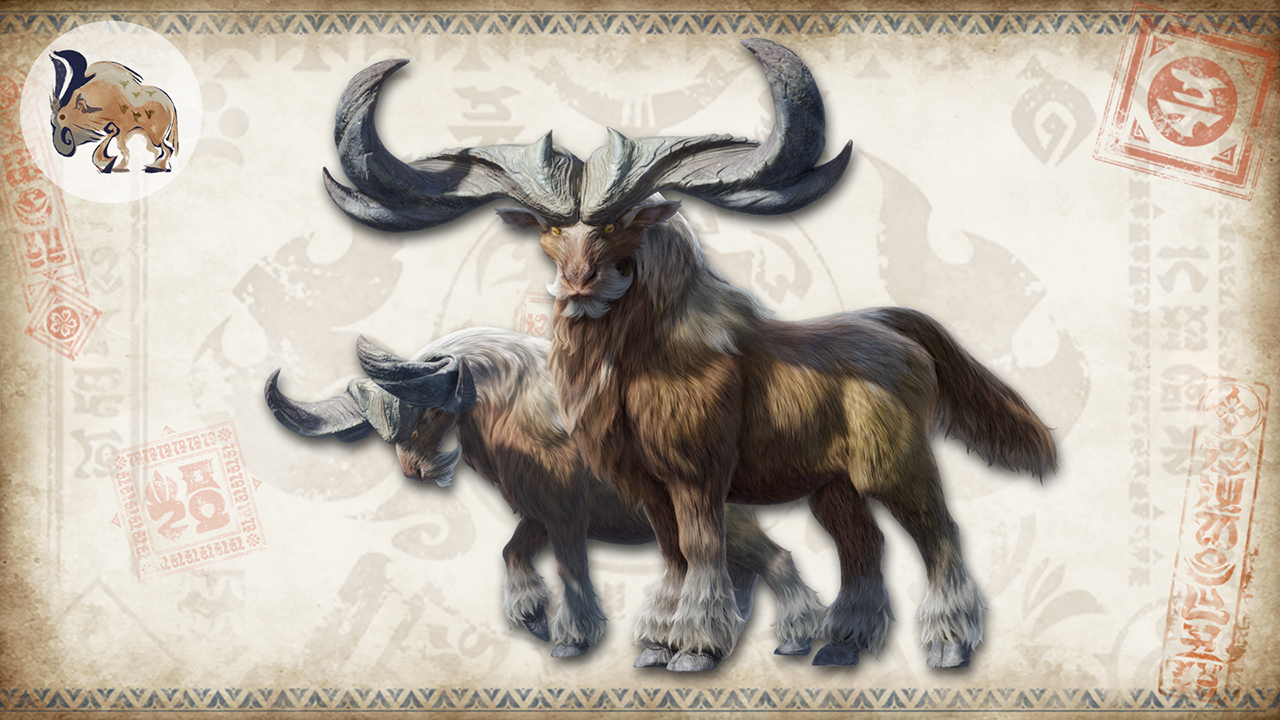
Anteka
Herbivores that live in cold climates. Generally docile, though they have been known to attack when threatened. Their high-quality pelts have many uses, and their antlers are highly prized by the Guild. Simply stun the creatures to easily harvest one.
-
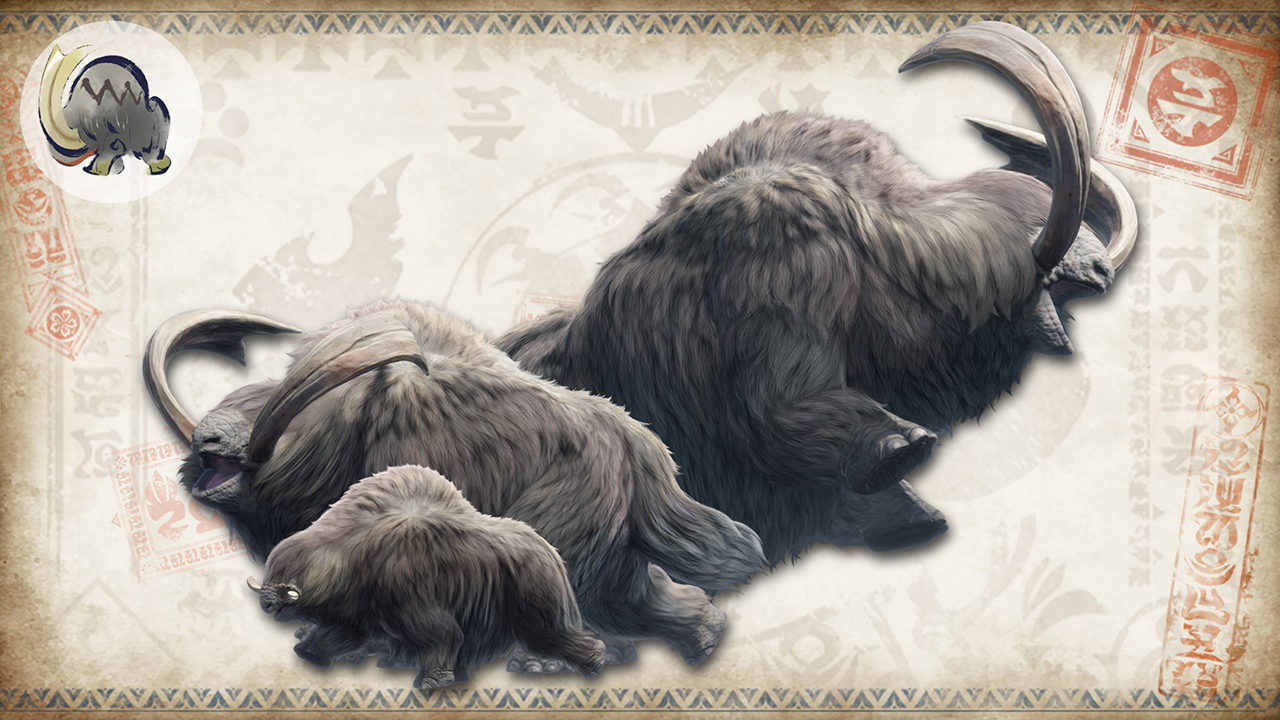
Popo
Herd-forming herbivores covered in thick fur to endure the cold. Popo are gentle by nature, so if they are attacked the whole herd will turn tail and run. Popo meat is very nutritious; the tongue is said to be especially palatable.
-
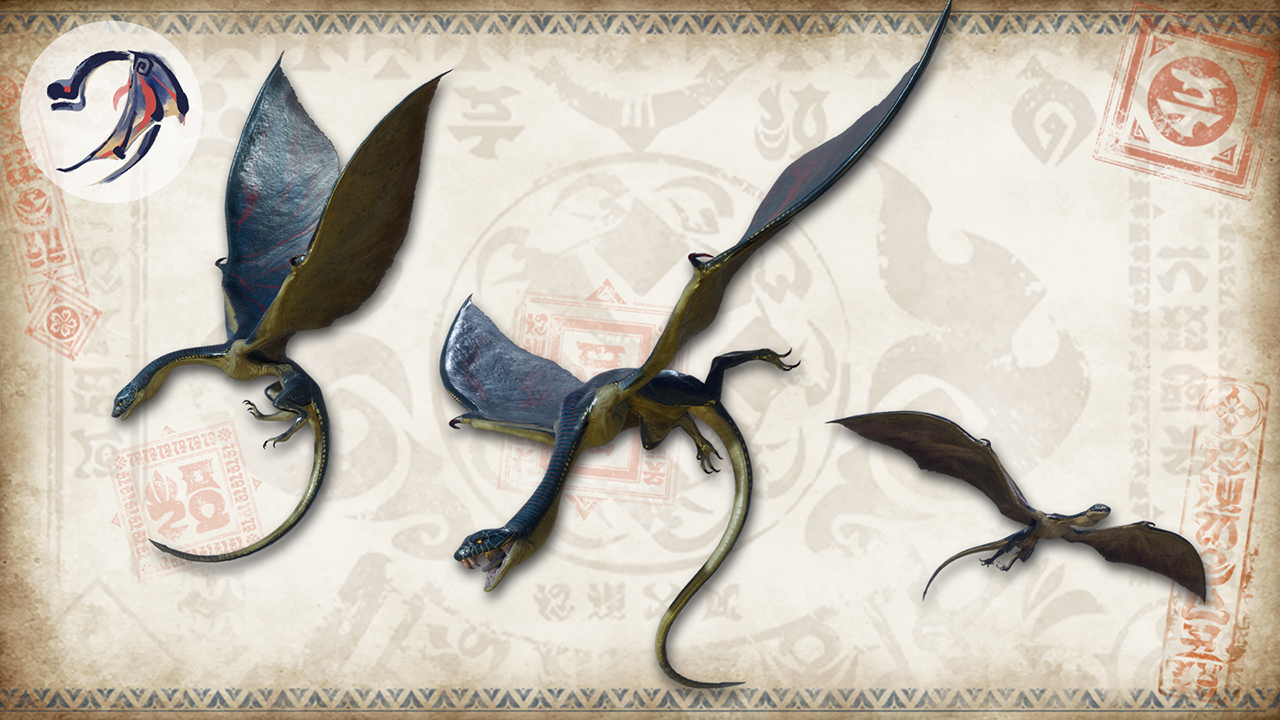
Remobra
Small but agile flying wyverns that seek out weakened creatures to attack. Often seen near elder dragons, they’re considered a portent of disaster. Originally classified as flying wyverns, after further research they were reclassified as snake wyverns.
-
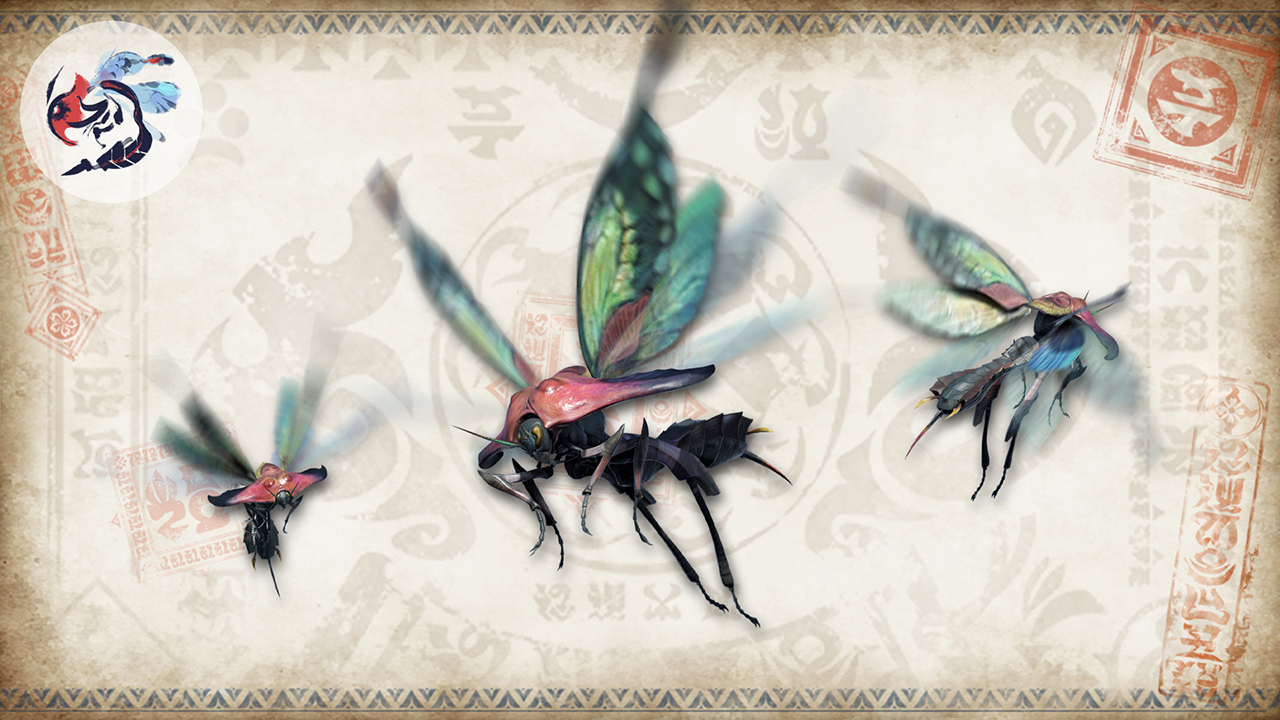
Bnahabra
Pervasive flying insects that attack invaders with paralyzing venom and lay eggs in carrion along with a fluid that hastens decomposition.
It is best to kill them with poison so that their parts are left ripe for the carving. -
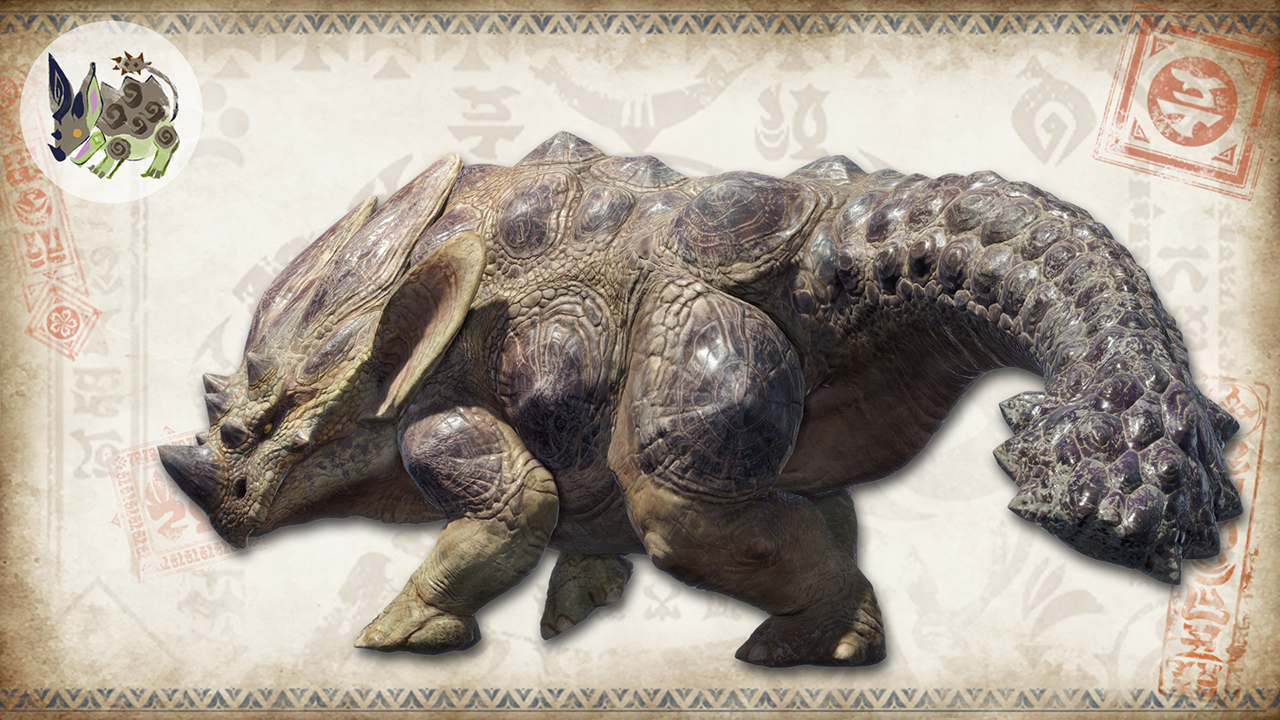
Rhenoplos
Extremely territorial herbivores with poor vision but acute hearing, Rhenoplos will doggedly pursue any target they sense. They cannot easily stop once they break into a run, a fact confirmed by hunters who foolishly thought they could stop them using a buckler or a shield.
-
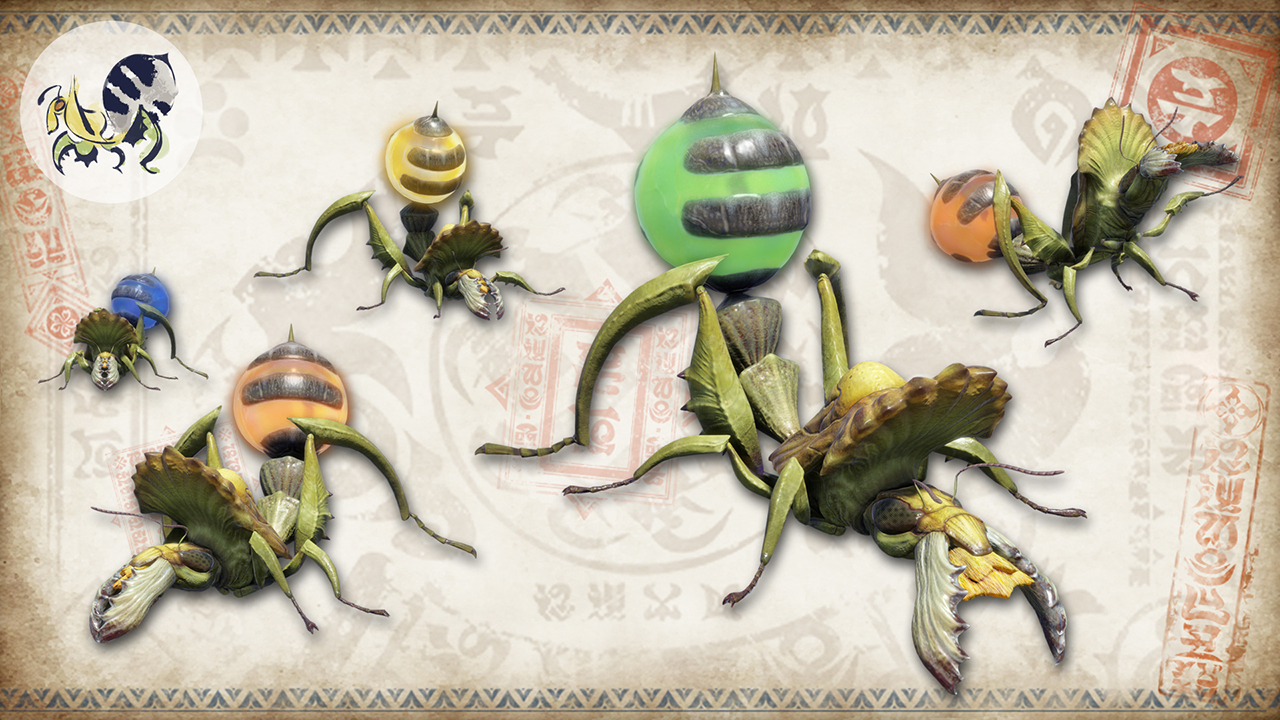
Altaroth
Insects that widely inhabit many areas. They absorb fruit, mushrooms, and honey, and then carry them back to their nest. Materials can thus be collected from their swollen abdomens, whose color is related to what they’re carrying.
-
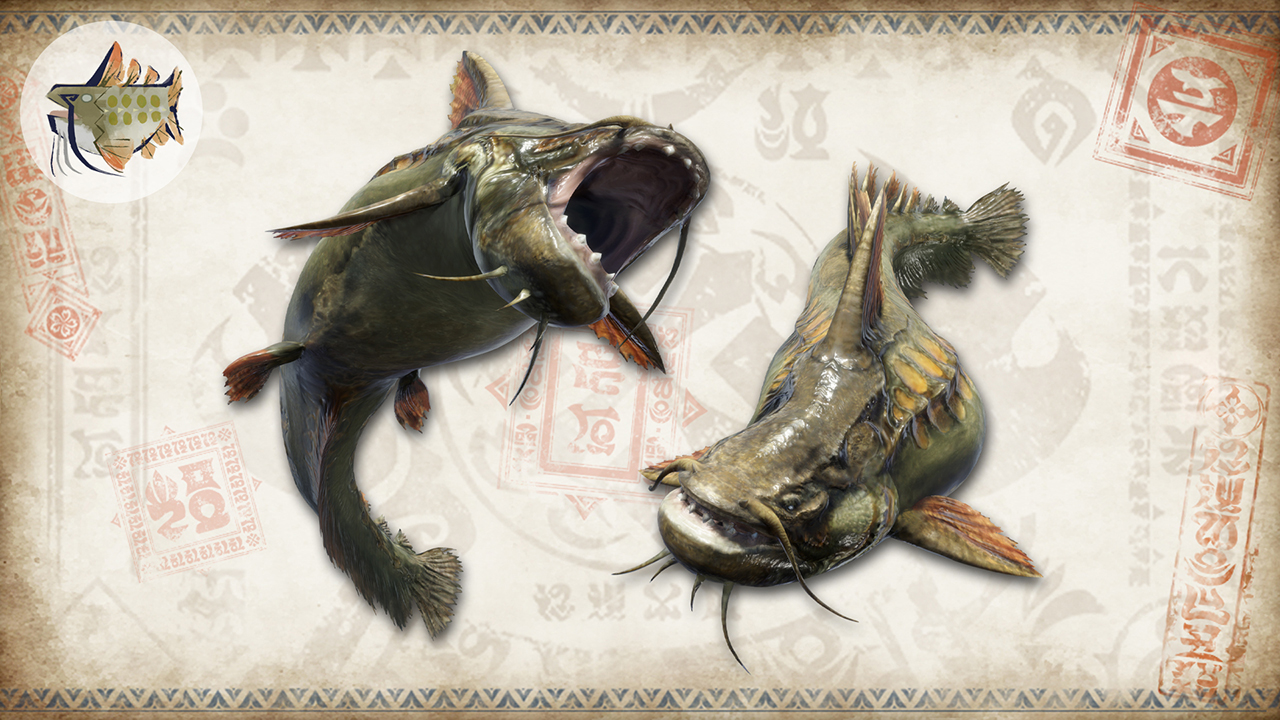
Gajau
Vicious piscine creatures that form groups to defend their territory from intruders. Though primarily aquatic creatures, they have been known to chase their prey onto land, before wriggling back to the banks and into the water. Be sure not to venture too closely to their habitat!
-
